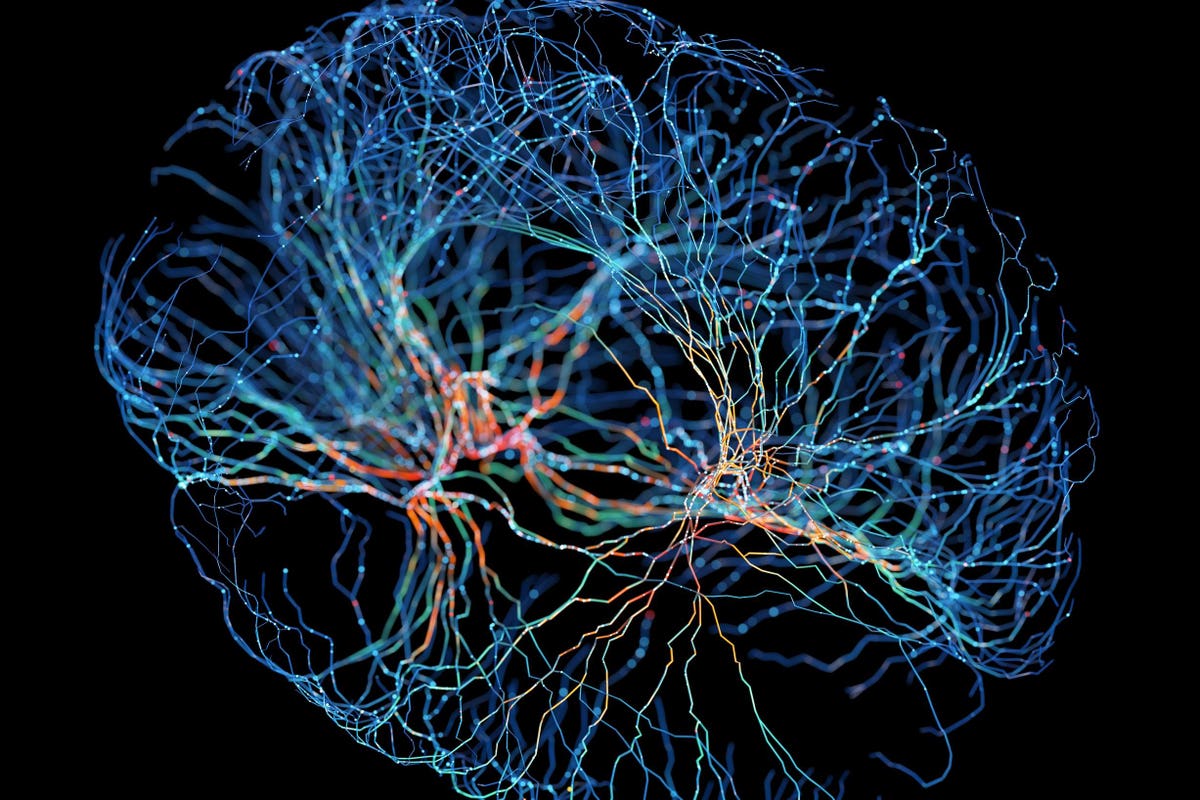Learn about brain health and nootropics to boost brain function
How Brain Performance Optimization Is Transforming Sport—And Potentially Business

Neuroscientist, Entrepreneur & President of NeuroCatch, Inc . Dr. Ryan D’Arcy shares insights on brain imaging, disorders & medical tech. getty The world of sports has long been associated with toughness and resilience, with athletes lauded for their ability to endure physical and mental challenges. For example, rugby has been associated with some of the highest concussion rates of all sports. However, winning supersedes all such secondary accolades, and challenges to the notion that concussions are a badge of honor notion are rising. Instead, we have a tremendous opportunity to flip the script and honor peak brain performance.
What if even the toughest and most resilient of athletes traded away their exceptional capabilities and skills to win each time they were exposed to contact? Try asking a multimillion-dollar superstar athlete to repeatedly bang their head against a wall and then go deliver their best career performance. As we learn more about the human brain and its vulnerabilities, concerns have been raised about the potential impact of contact sports on cognitive function.
While some have called for an end to contact sports altogether, this is understandably disregarded by many as far from the ideal solution. It could, nonetheless, be as simple as shifting our focus from concussion to brain performance optimization instead.
Concussion management is vital, as concussions reduce our brain performance from its optimal potential. By logical extension, minimizing concussion should be considered the highest form of biohacking to optimize brain performance.
MORE FOR YOU House Approves Israel Support Resolution In Landslide 412-9 Vote—A Direct Response To Democrat Who Called It A ‘Racist State’
New TikTok ‘Aged’ Filter: Here Are Reactions From Kylie Jenner, Kim Kardashian, Amy Poehler
We stumbled upon this perspective through our technology research on subconcussive impacts, in which concussion events were below the diagnostic threshold for medical care. In published subconcussive studies , it was possible to show that the accumulated impact over the course of a season consequently led to significant cognitive processing delays in young hockey and football players.
Understandably, the initial reaction to this evidence was a cautious concern that it indicated a more widespread problem. The perspective has begun to shift.
In medicine, you can’t treat what you can’t measure. This well-established axiom meant the results were powerful and potentially positive, provided a treatment could be quickly identified. By ensuring that cognitive processing speed was not slowed or affected in any way as a result of contact exposure, brain performance could essentially be optimized against the accumulation of subconcussive damage.
Innovations in technology are enabling the measurement of cognitive processing speed and accelerating the shift in perspectives around concussions. We worked with National Rugby League player Kalyn Ponga, who had suffered multiple concussions that could’ve forced his possible retirement. We helped Kalyn objectively measure his recovery and focus on brain performance optimization through technology, enabling a stronger competitive position.
Of course, this doesn’t mean we should ignore the risks associated with contact sports. Quite the opposite—these same technologies have shown remarkable promise in treating the highest risk and severity of brain injuries. Protecting our brains is just as important as protecting our bodies (I would argue even more important, but I’m a neuroscientist).
This shift in focus toward brain performance optimization could have broader implications beyond just the world of sports. Notwithstanding that concussions often happen outside of sports (such as car accidents), optimizing brain performance in the business world could lead to improved productivity, creativity and overall well-being. Here, it is perhaps helpful to call up the concept of the corporate athlete where the concern is age-related cognitive impairment (e.g., dementia) rather than concussion.
Business leaders have the opportunity to adopt a similar strategy. Immediate tangible benefits will come from the basics of brain health (regular exercise, healthy diet and good sleep hygiene), proactive mental health and resilience and reactivated recovery phases in the peak performance cycle to prevent burnout. All of these are well-established factors that quickly impact the bottom line—activated simply by a shift in perspective.
Companies could also invest in technologies and programs to help employees maximize their cognitive function and avoid long-term cognitive impairment. However, there are some specific internal steps, programs and strategies that leaders and businesses can consider as they embark on the journey:
1. Create awareness about the importance of cognitive function and conduct workshops or training sessions to educate employees on optimizing brain performance.
2. Define measurable objectives and identify assessment tools to monitor and evaluate organizational cognitive performance.
3. Incorporate cognitive assessments into performance evaluations or wellness programs to identify areas for improvement.
4. Develop programs that promote brain health, offering resources such as mindfulness training, stress management techniques and healthy lifestyle initiatives.
5. Create a supportive culture that values cognitive well-being, providing resources and support systems to help employees manage stress, maintain focus and enhance their cognitive abilities.
These steps can prepare organizations to incorporate technology and programs to optimize cognitive function, and they can help companies overcome challenges such as resistance to change and lack of awareness. By prioritizing cognitive well-being, organizations can maximize benefits for employees and the organization.
We can still enjoy contact sports while minimizing the risk of brain injury and maximizing the potential for peak brain performance. For those corporate athletes, we can also still work toward peak performance while lessening the fear of dementia and other devastating conditions that silently rob our mental acuity. Technology is opening up new avenues to maximize brain performance, which can minimize injury. The simplest way to protect our brains is to value them—and then do something about it.
As the world evolves, we must adapt our thinking and embrace new approaches to protect and enhance our most important asset: our brains.
Forbes Technology Council is an invitation-only community for world-class CIOs, CTOs and technology executives. Do I qualify?